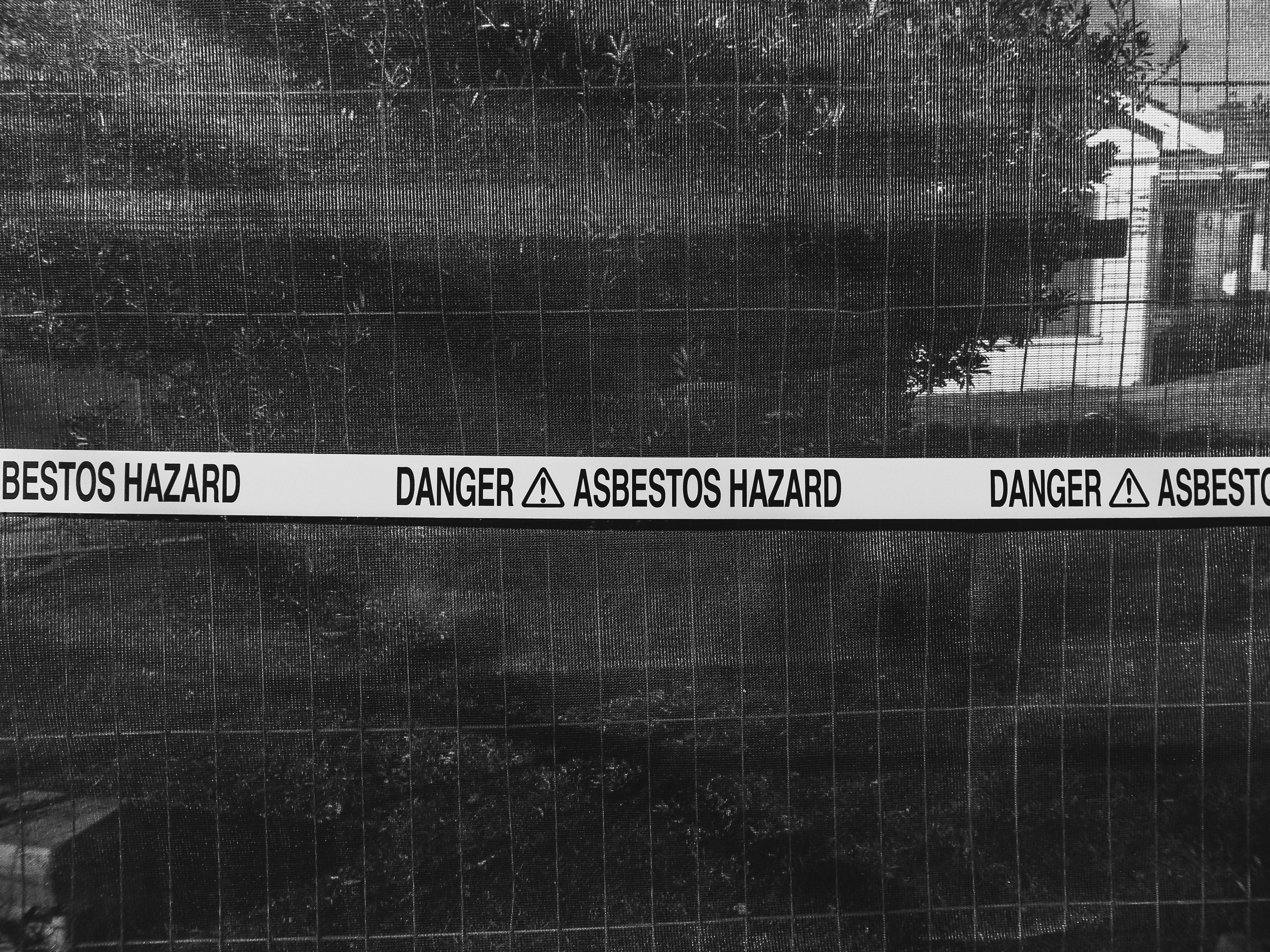Why DIY Asbestos Removal is a Bad Idea
Asbestos removal is best left to professionals. Learn why handling asbestos yourself is dangerous and how experts ensure safe removal.

Asbestos was once considered a miracle material—fire-resistant, durable, and an excellent insulator. But we now know the hidden dangers it carries, especially when disturbed. If your home was built before the late 1980s, there’s a good chance it contains asbestos in walls, flooring, insulation, or roofing. While you may be tempted to handle removal yourself, this is a job best left to professionals. Here’s why.
The Real Risk of Asbestos Exposure
Asbestos fibres are microscopic—thousands of times smaller than a human hair. When materials containing asbestos are disturbed, these fibres become airborne and can be inhaled. Once inside the lungs, they can cause severe and irreversible health conditions, including:
- Mesothelioma – A rare and aggressive cancer affecting the lining of the lungs or abdomen.
- Asbestosis – A chronic lung disease caused by long-term asbestos exposure, leading to scarring of lung tissue.
- Lung Cancer – Prolonged exposure significantly increases the risk of lung cancer.
The danger is not immediate but builds up over time. Even a single exposure can carry risks, as the fibres remain in the lungs indefinitely.
Asbestos is Only Dangerous When Disturbed
Not all asbestos poses an immediate risk. In many homes, asbestos-containing materials (ACMs) remain intact and undisturbed for decades. The real danger arises when these materials are cut, broken, or removed improperly, releasing hazardous fibres into the air.
Common places asbestos may be found in older homes include:
- Vinyl flooring and adhesives
- Roofing and guttering
- Cement sheeting (fibro) in walls and ceilings
- Insulation (especially around boilers and pipes)
- Eaves, fences, and external cladding

The Legalities of Asbestos Removal
In Australia, strict regulations govern asbestos removal. According to workplace health and safety laws, only licensed asbestos removalists can handle large-scale removal jobs. In some states, homeowners are permitted to remove small amounts (typically up to 10 square metres), but the process requires following strict safety measures.
Failure to comply with legal requirements can lead to fines and serious health risks for both the homeowner and their neighbours. Professional asbestos removalists are trained to contain and dispose of asbestos safely, ensuring minimal exposure.
Professional Asbestos Removal: How It’s Done Safely
Asbestos removalists follow a rigorous process to ensure asbestos is removed and disposed of without endangering anyone. This process typically includes:
- Site Assessment: Professionals inspect and test the suspected asbestos-containing materials.
- Containment: The area is sealed off using plastic sheeting, and negative air pressure systems prevent fibres from escaping.
- Protective Gear: Workers wear full-body protective suits and P3 respirators.
- Safe Removal: Asbestos materials are carefully removed without breaking them apart to minimise fibre release.
- Proper Disposal: Asbestos waste is double-bagged, labelled, and transported to a licensed disposal facility.
- Air Monitoring: Many removal projects require ongoing air monitoring to ensure no fibres remain in the environment.
This level of precaution is impossible for a homeowner to replicate, making DIY removal not only risky but also legally questionable.
 (Image source: Deposit Photos)
(Image source: Deposit Photos)
The Cost of Professional Removal vs. The Cost of a Health Risk
While hiring an asbestos removal expert may seem costly, it is a small price to pay for long-term safety. A professional service ensures that:
- Your home remains safe for your family and future occupants.
- You avoid potential legal penalties.
- You maintain your home’s resale value, as asbestos contamination can deter buyers.
Leaving asbestos undisturbed or encapsulating it (such as sealing it with paint or covering it with new materials) can sometimes be a safe alternative. However, if renovation or demolition is planned, removal by a licensed expert is strongly recommended.
If your home contains asbestos, don’t take unnecessary risks. Professional asbestos removalists have the training, equipment, and knowledge to handle the job safely.
Find an asbestos removal expert today on ServiceSeeking.com.au and ensure your home remains a safe place for you and your family.
